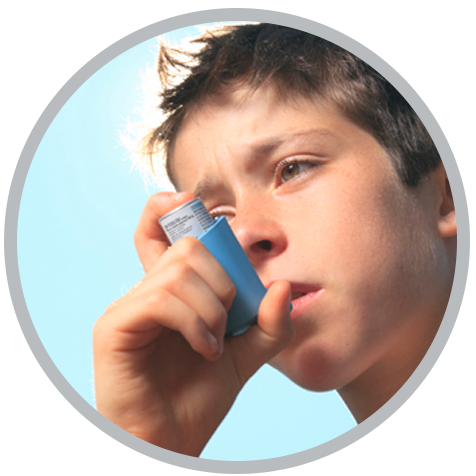|
CPR in Children and Victims of Respiratory Arrest e.g. asthma or drowning
- As the causes of cardiac arrest in children differ from those in adults, ventilation can be imperative to the chance of survival. The most important thing is to ensure treatment is provided quickly.
- It is very likely in the sports setting that the child participant is well known to you, and to not preform rescue breaths might not be an option you wish to make, despite the risk to you. If the decision is made to perform rescue breaths, you should use a face shield or pocket mask with a one way filter valve where possible
- Providing rescue breaths will increase the risk of transmitting the COVID-19 virus, either to the rescuer or the participant. However, this risk is small compared to the risk of taking no action as this will result in certain cardiac arrest and the death of the child
- For children you should begin with 5 initial rescue breaths followed by 30 chest compressions
- Early chest compressions (with face coverings as above) and AED application and ensure medical help/emergency services are on their way should be carried out as normal
- Use 1 hand for compressions in smaller children
- Depth should be 1/3 of chest depth in children
- Should you have provided rescue breathing, there are no additional actions to be taken other than to monitor yourself for symptoms of possible COVID-19 over the following 14 days
|
 |

